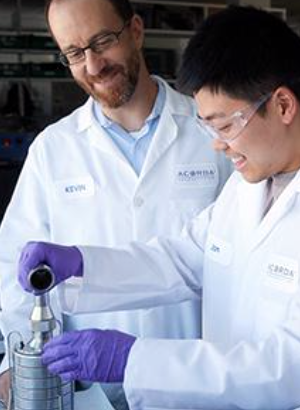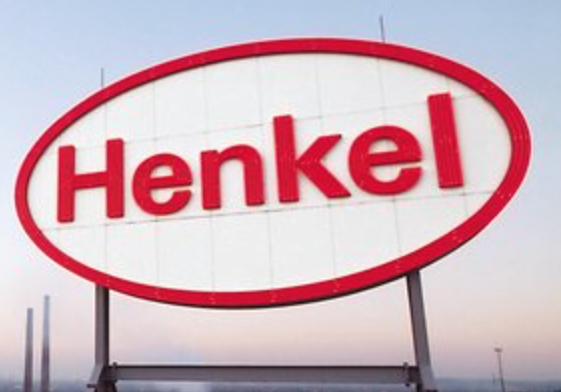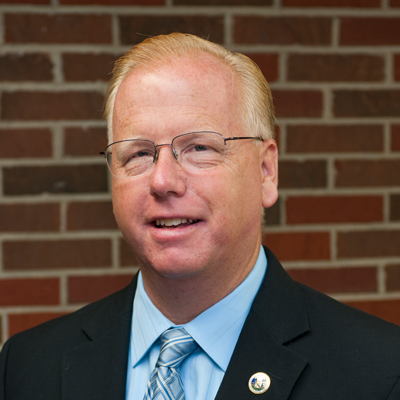Officials at Acorda Therapeutics Inc. announced that a recent Phase 3 clinical trial of an inhalable drug developed by the biotechnology company in Ardsley to treat re-emergent symptoms in patients with Parkinson”™s disease produced positive results that support Acorda”™s plans to seek marketing approval for the drug in the U.S and Europe this year.
 The Acorda drug being studied, CVT-301, is a form of levodopa, or L-dopa, which is commonly prescribed and taken orally in a treatment regimen for Parkinson”™s patients. The 12-week safety and efficacy study involved 339 patients who on their own took doses either of CVT-301 or a placebo.
The Acorda drug being studied, CVT-301, is a form of levodopa, or L-dopa, which is commonly prescribed and taken orally in a treatment regimen for Parkinson”™s patients. The 12-week safety and efficacy study involved 339 patients who on their own took doses either of CVT-301 or a placebo.
Those taking the drug showed a statistically significant improvement in motor function during episodes of symptom flare-ups, the company reported. The most frequently reported adverse side effect of the treatment, cough, was reported in 15 percent of the patients administered CVT-301, compared with 2 percent in patients given a placebo.
Dr. Burkhard Black, chief medical officer at Acorda, in a press release said the company was “greatly encouraged by the efficacy and safety results of this trial.” The Phase 3 study”™s lead investigator, Dr. Peter LeWitt, director of the Parkinson”™s Disease and Movement Disorders Program at Henry Ford Hospital in Detroit, said delivering levodopa through the lungs “offers an important treatment option for people with Parkinson”™s disease.”
Acorda officials said the company plans to file a new drug application with the U.S. Food and Drug Administration by the second quarter this year to sell and market the drug in the U.S. and to seek marketing authorization in Europe by the end of 2017, pending additional data analyses.
Founded in 1995, Acorda develops drugs that restore function in patients with neurological disorders. Its leading marketed product, Ampyra extended release tablets, are taken to improve walking in people with multiple sclerosis. The company in January reported full-year net sales of $493 million for Ampyra in 2016, an approximately 13 percent increase from 2015.
















